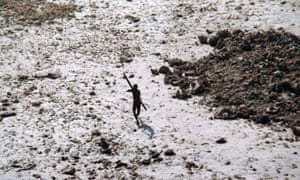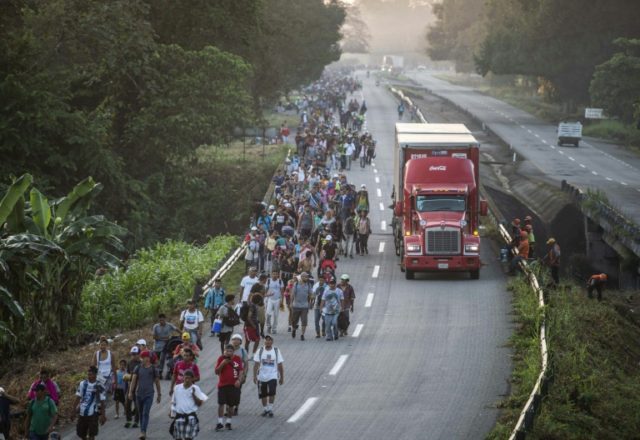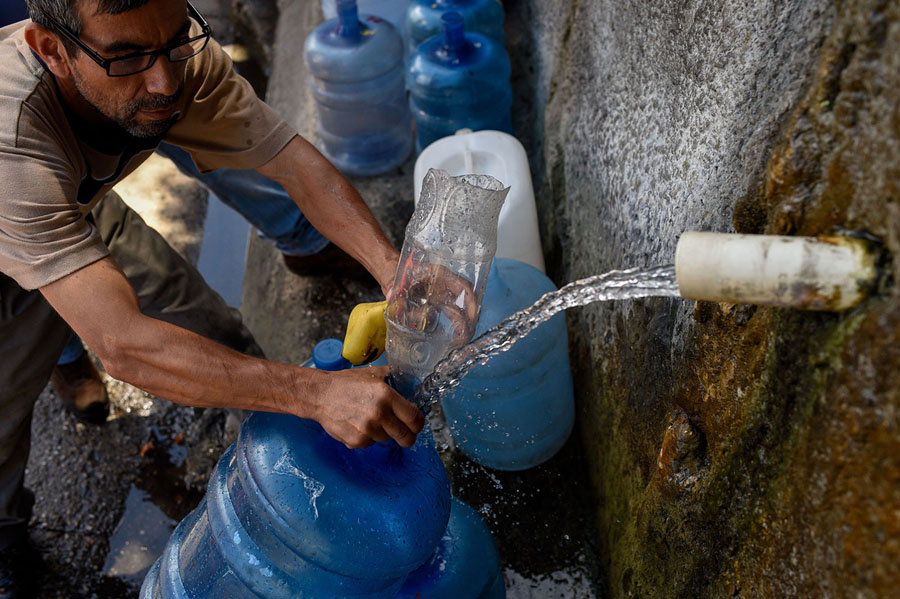
(picture of a Sentinelese man firing at helicopters after a tsunami in 2004, via www.washingtonpost.com)
In the previous book Exit West the idea of open borders was presented throughout the book. Today there are many nations that have borders. Although in the EU you are allowed to travel all around within their "territory" so to speak. So ideally what would happen to many places if we did implement this idea? A recent news story truly made me think about this.
The Sentinelese live in complete isolation on the remote island in the Andaman archipelago, and are thought to have done so for tens of thousands of years. The tribe and their home are protected by Indian law to maintain their way of life and protect them from modern illnesses because they lack immunity.Just more than a dozen people are officially thought to live on the remote island, which about 50 kilometer (31 miles) west of Port Blair, the capital of the Andaman and Nicobar archipelago, an Indian territory.They represent some of the last people on earth whose way of life remains entirely undisturbed by modern civilization. The island is a protected area, and people are not allowed to go within 5 nautical miles of it, after previous incidents of aggressive behavior toward outsiders were observed. In 2006, two local fishermen were killed by the tribes. Recently they killed an American missionary trying to preach his love of god to them.
Ideally my question is how could we convert tribes, or individuals who have lived this way for years, to like the concept of open borders? Could that ever happen?

Tribespeople on North Sentinel Island. Photograph: Dinodia Photos/Alamy




